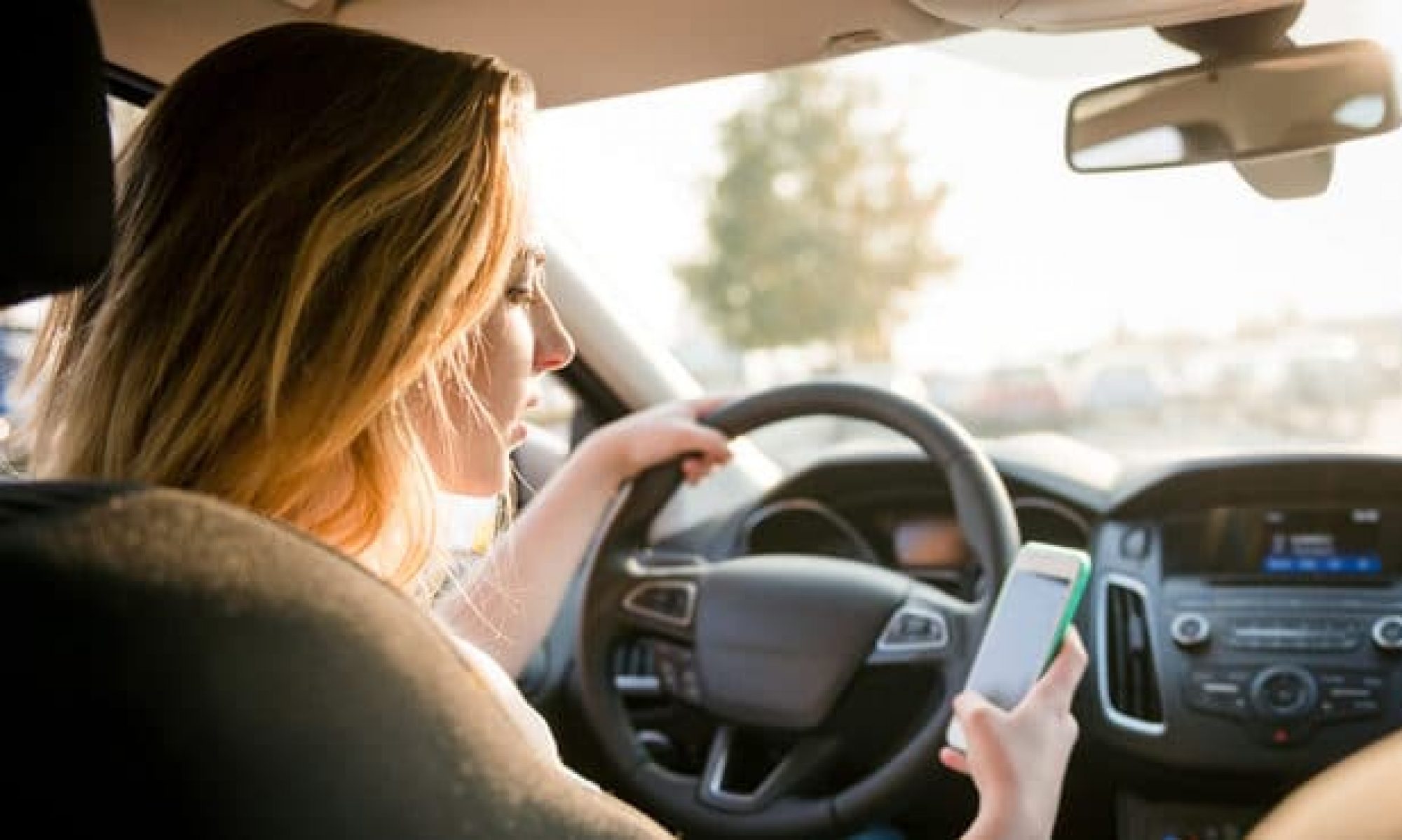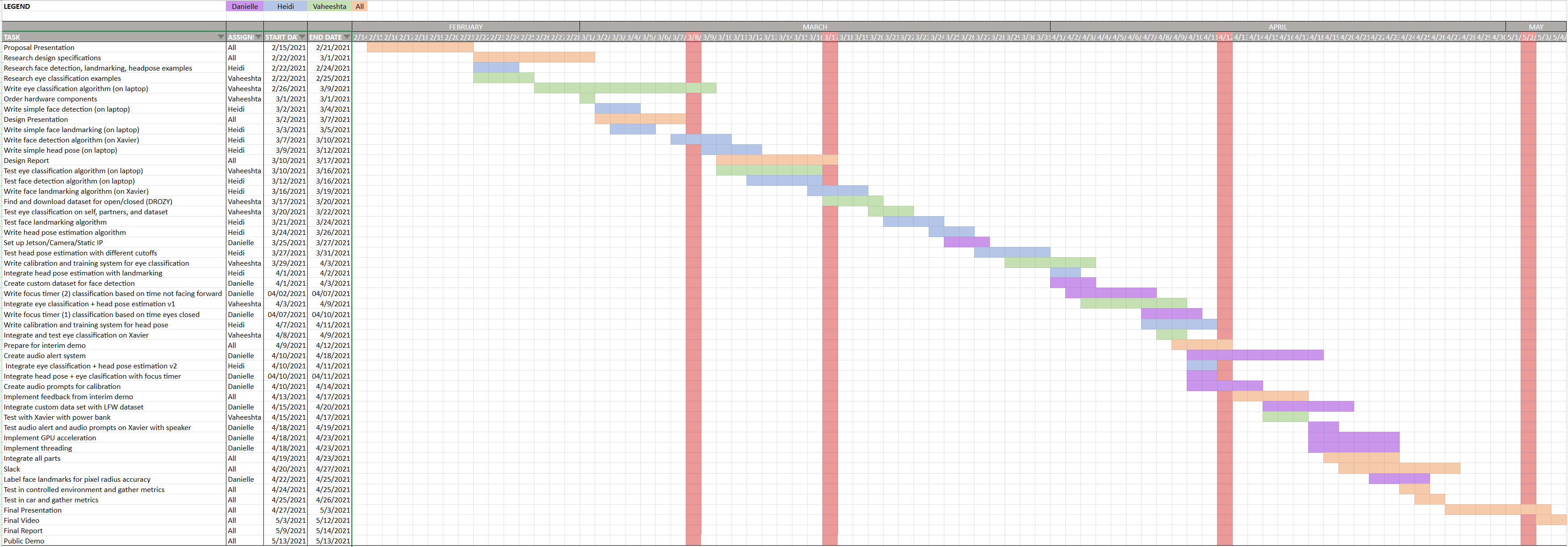During this week, I worked on the audio prompts. I downloaded Audacity because it was the best platform I found for recording audio to convert into either a .wav or .mp3 file. I recorded the audio for start up, all of the calibration, as well as the refocus prompt, and reduced the noise in each of the files to make sure they are audible. I also made sure to include in our audio prompts some of the things that we discussed from the ethics discussion about being transparent to users, such as mentioning when recording will take place or warnings about driving and calibration. I researched about the best module for playing audio, and it seemed that the playsound module was the best. However, using it on its own without threading made the sound distorted and made the program unresponsive. Thus, using the source listed below, I was able to add threading to our program to make the audio work as intended without stopping the program. I also added threading to other aspects of our project. I began on GPU acceleration but haven’t made much progress because I was sick. I also met with my group today to discuss what we need to do going forward in the next week before our final presentation.
I am still on schedule, but I would have liked to accomplish more of the GPU acceleration than I did. I got my second Covid shot a couple of days ago, and I’ve been really incapacitated for the past couple of days feeling the effects of the vaccine. During this week, we’ll be working exclusively on the project to get things ready for the final presentation.
This next week, I will have GPU acceleration done and we will be testing within my car to gather metrics for our presentation.
Sources:




